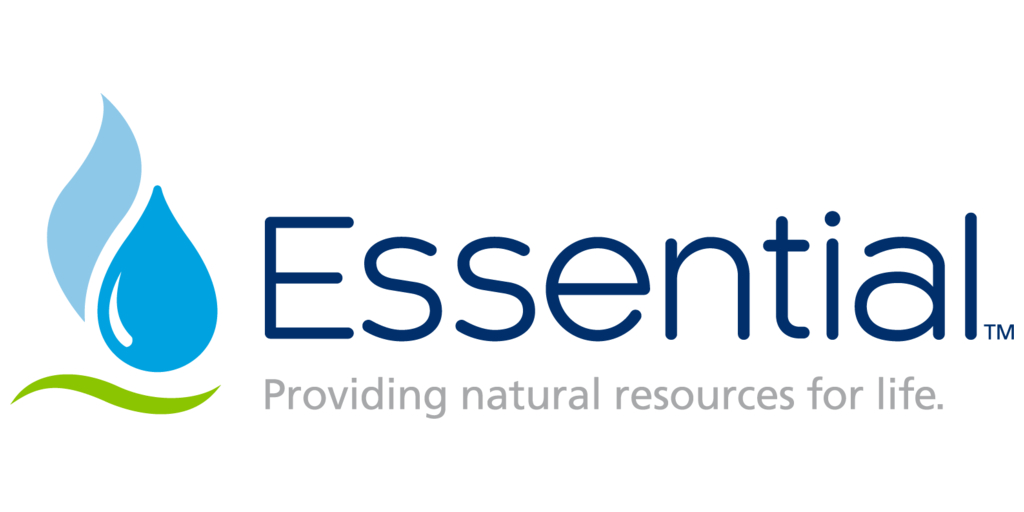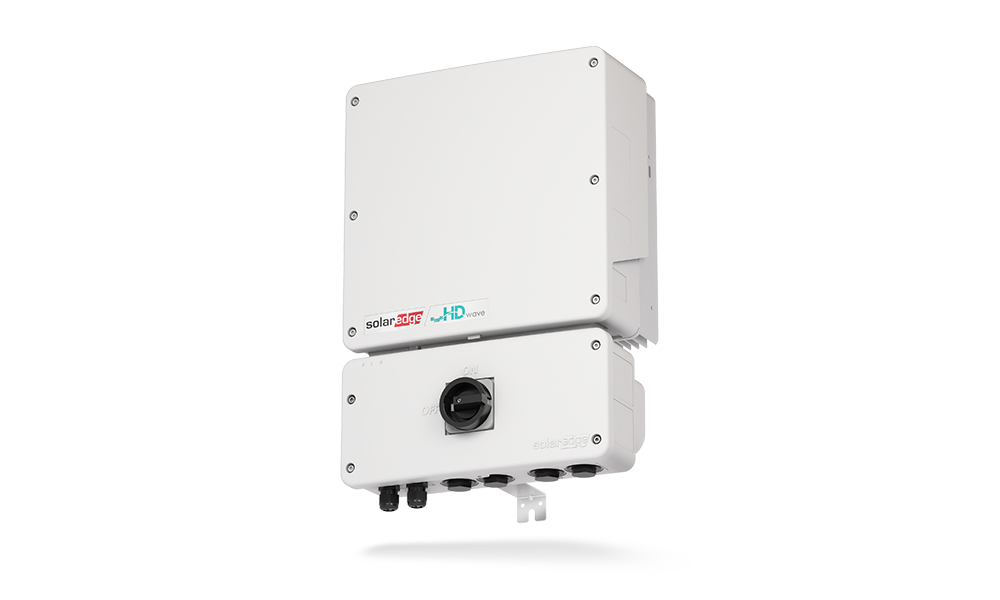Support CleanTechnica’s work through a Substack subscription or on Stripe.
On Friday, XPENG rolled its millionth vehicle off the assembly line and delivered it to its first customer. The silver X9 EREV (extended range electric vehicle), with XPENG’s latest generation of intelligent driving system, had its official sales launch the day before and represents the next stage in the company’s growth. So far, XPENG’s sales have increased 190% so far this year. That growth rate is not sustainable forever, but sales are trending upward. In addition, the new X9 EREV saw orders hit an all-time high in one hour. While EVs dominate the densely populated southern regions in China, the majority of the new EREV orders came from the more rural northern regions. In addition, 79% of orders were for the Ultra version, with 2250 TOPS of computing power from 3 Turing Ai chips for potential Level IV ADAS operation.
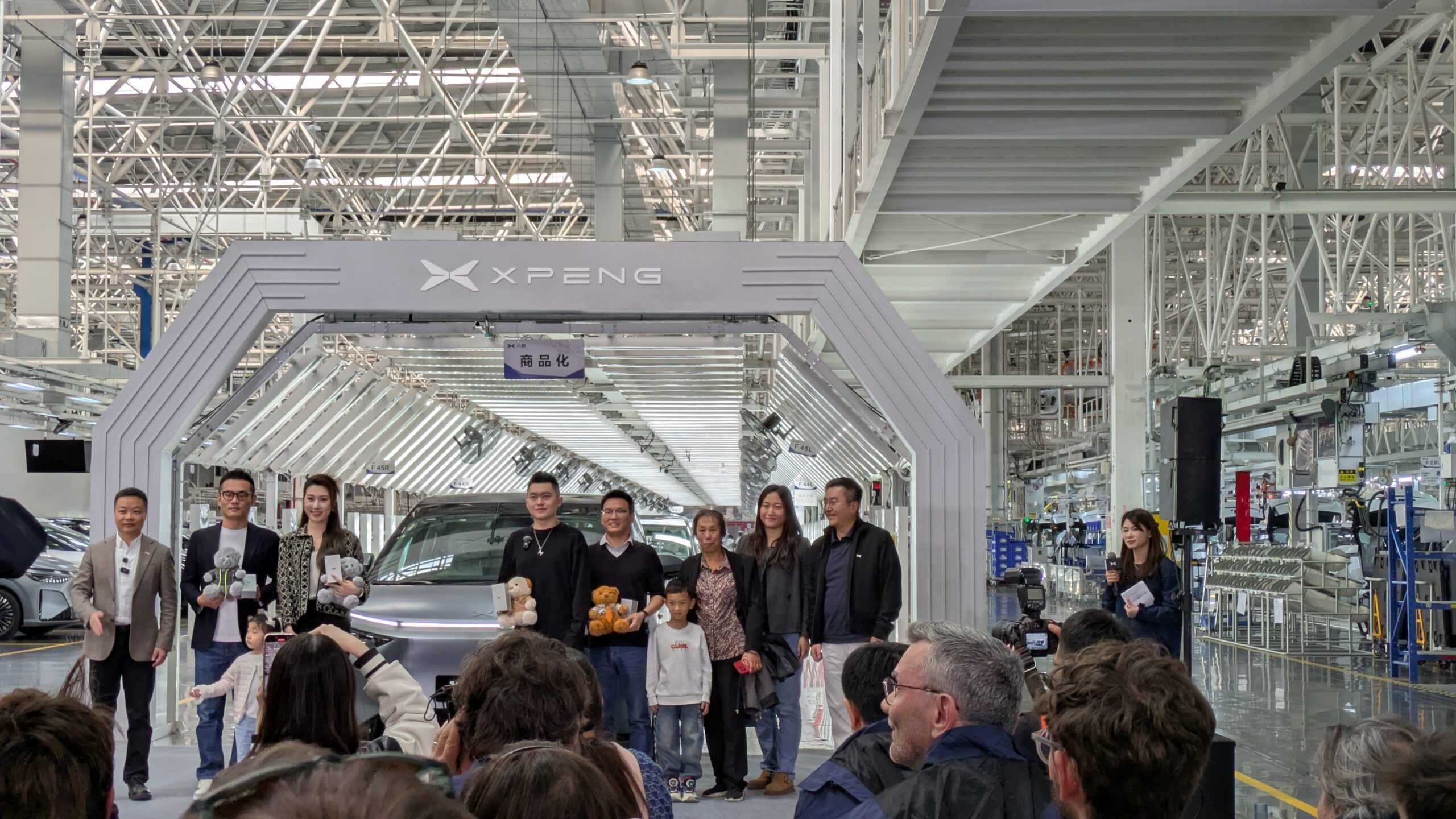
The Factory
The launch event followed a tour of XPENG’s factory in Guangzhou. Overall, the factory is surprisingly compact for the scale of production. The lunchroom seemed smaller than their headquarters (the food was good in both locations). Stamping is completely automated, and welding was carried out by robots. Only a handful of forklift drivers, engineers, and technicians were visible in the first part of the factory. Most of the people were in final assembly, focused on interior and trim, and inspection. It was also cleaner and quieter than other plants that I have toured in the US and Europe.
However, the compact factory size can be attributed to more than just automation and efficiency. Unlike car companies that started as manufacturers and developed extreme levels of vertical integration in their production, XPENG is more focused on tech, with its founding namesake coming from internet companies. Vertical integration has advantages for some manufacturing business models, but it also creates some limitations. By partnering with suppliers, XPENG can focus on technology and what it does best. As He Xiaopeng mentioned regarding partners and suppliers, “We work together to make this possible … only when they win, we win.”
I’ll explore this more in future articles, but the collaborative approach is promising for local supply chains as XPENG expands globally.
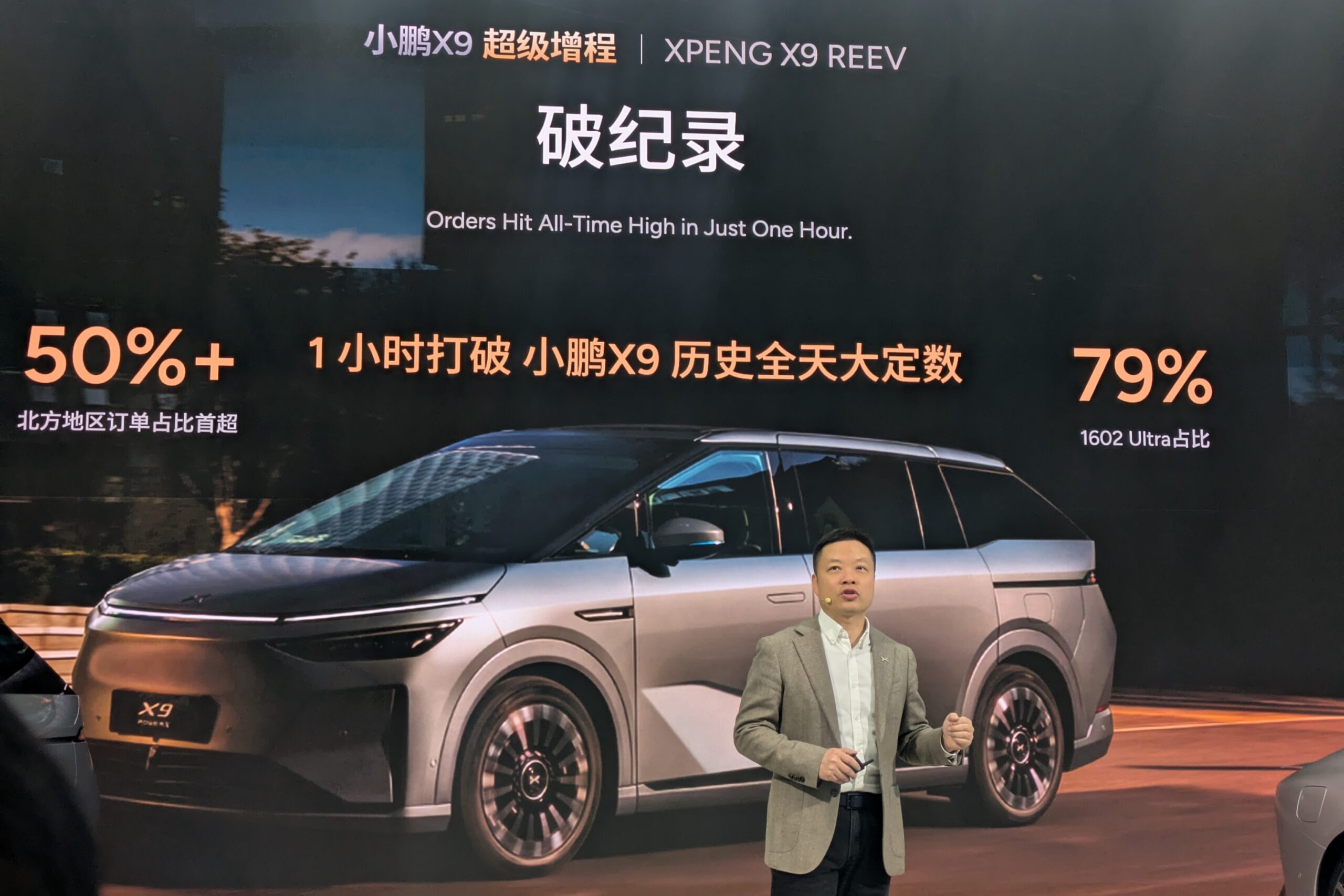
XPENG X9
I wrote about the seven-seat X9 EREV before, offering 800V architecture, 5C fast charging, 452 km of range from its LFP battery, and a large gas tank for 1602 km of range total. Seeing it in person at the sales launch gave an even stronger impression. While classified as an MPV, it has a sleeker, more stylish design than is typical of the class. While the styling might not be for everyone, I find it attractively futuristic, without going to the extreme, like the Li Mega. Overall, MPVs do not have the same connotations in China that they do in the US, but I could see the styling making a few converts of American families looking for this size of vehicle (if we had access to it in our market).
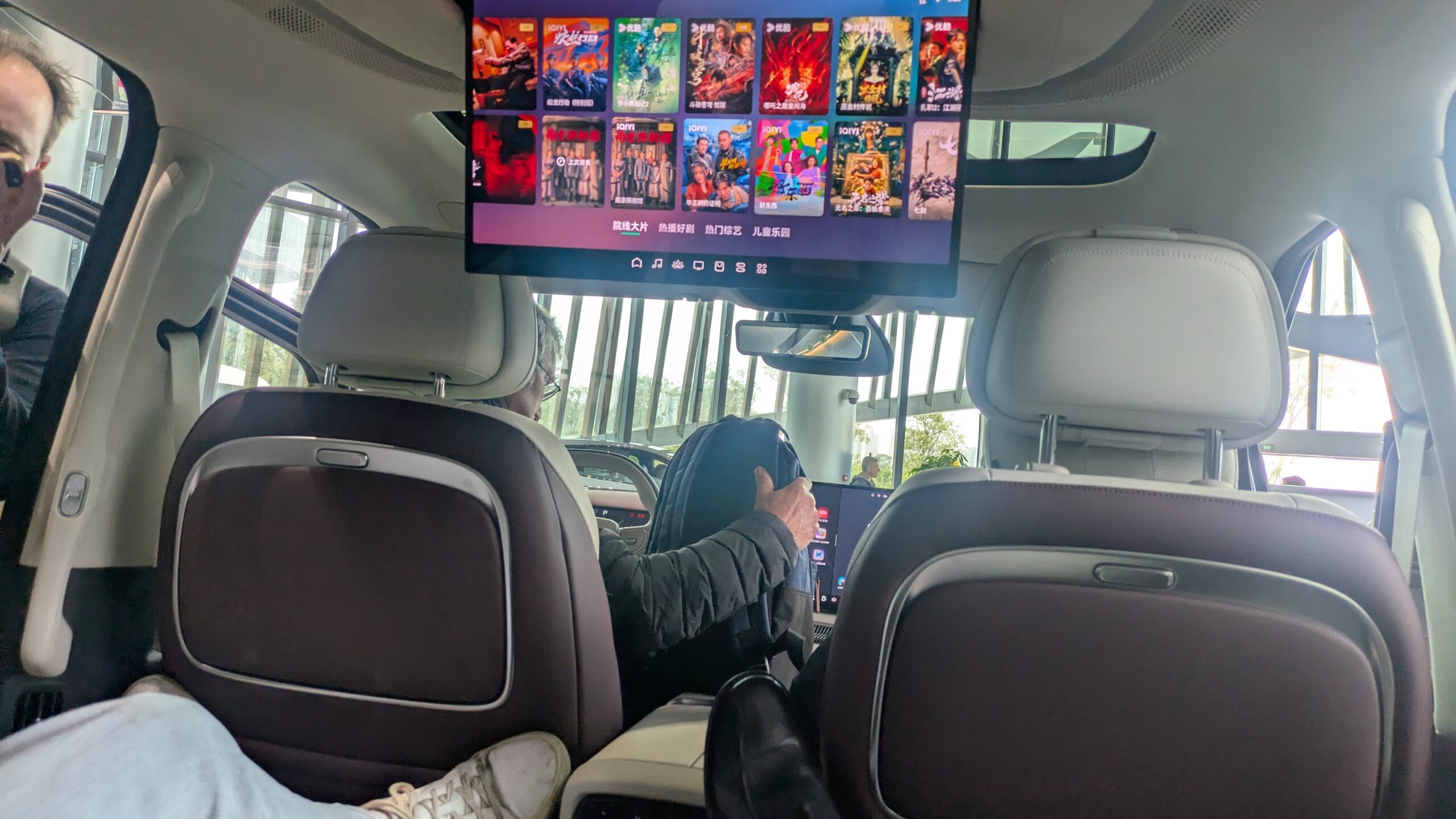
Beyond how it looks on the outside, the X9 impresses on the inside. Between travel, jetlag, meetings, and walking, the massage function in the reclining, ventilated, zero-gravity second-row seats put them in high demand with visiting media. In addition, the rear screen is massive, and the sound system is better than most people have at home. Refreshments can keep cold in the onboard refrigerator and be consumed on the tray tables…. I have a feeling that drivers might sometimes wish that the charge rate was slower than 5C, to have a longer break in the back seat. Families were highlighted at the event, and I could see it end the constant “are we there yet?” questioning on cross-county road trips.
However, the X9 is also the type of vehicle that you would want to see show up in your ridesharing app. The comfort, combined with the capacity to carry people and cargo, just makes sense for car service applications. It also makes sense that XPENG used the X9 as a basis for its robotaxi prototypes.

More to Come
XPENG paid for my flight, hotel, and meals to attend several workshops, drives, and the Guangzhou Auto Show. I was supposed to be there a couple of weeks earlier for events focused on AI and robots. However, my visa was delayed, which worked out for the best. I ended up being the only American in the media groups, and got insight into European and APAC perspectives, in addition to seeing the speed of progress in China. I will share more in future posts.
XPENG also clearly has more to come and is reaching the next stage in its development. The company’s footprint, products, and partnerships are expanding, while its technologies become more advanced. And I anticipate their technology will appear in even more products for other brands, like Volkswagen. XPENG’s business model is different from that of many EV manufacturers, but that also makes it interesting. While it is hard to predict the future, I expect its next million vehicles to come faster than its first.
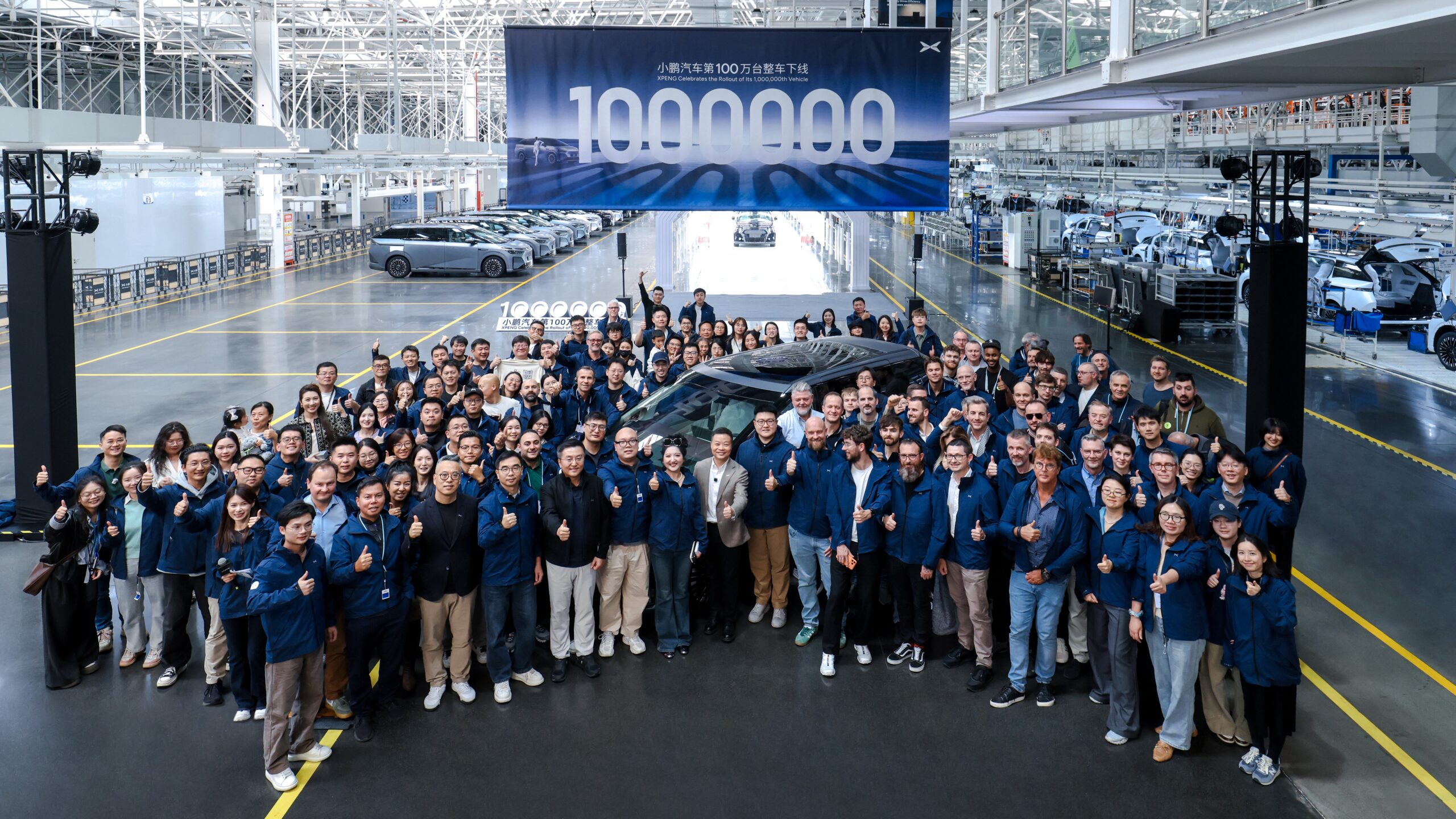
Sign up for CleanTechnica’s Weekly Substack for Zach and Scott’s in-depth analyses and high level summaries, sign up for our daily newsletter, and follow us on Google News!
Have a tip for CleanTechnica? Want to advertise? Want to suggest a guest for our CleanTech Talk podcast? Contact us here.
Sign up for our daily newsletter for 15 new cleantech stories a day. Or sign up for our weekly one on top stories of the week if daily is too frequent.
CleanTechnica uses affiliate links. See our policy here.
CleanTechnica’s Comment Policy

